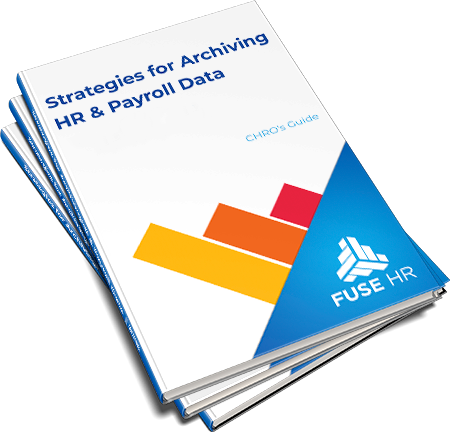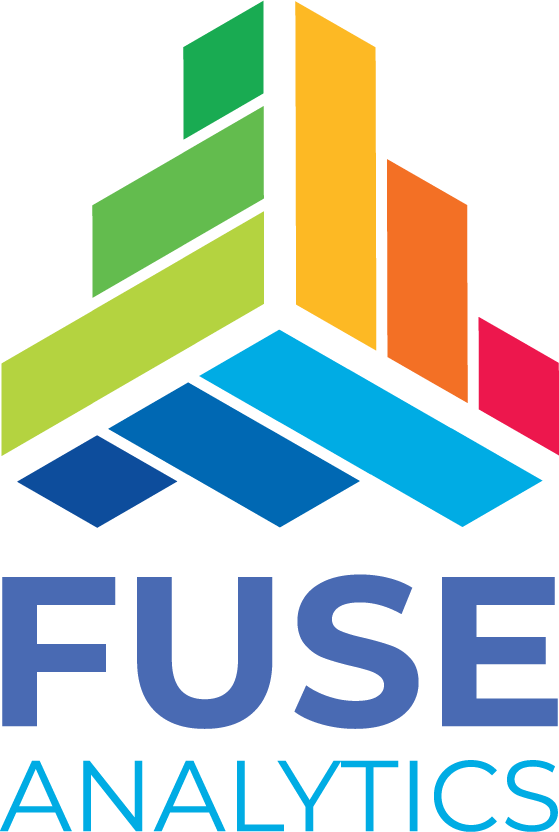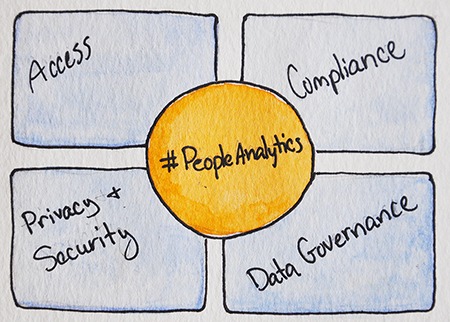Is Your HR Analytics strategy on the right path?
The adoption of cloud applications has aggravated this issue by diffusing data across many niche applications in small silos where they are not easily pieced back together for analytics across functions.
4 strategic constraints of HR Analytics:
Stakeholder Access: Getting the strategic reporting capability to non-HR users without unnecessarily compromising the data security and privacy of employee information. Reach all levels of the organization:
- Executive
- Region/Unit Manager
- Line Manager
- Employee
Privacy & Security: Excel, MS Access, flat files, etc. are NOT secure ways to replicate and store HR data.
- Separate the atomic data from aggregate data in report deployment and access
- Secure atomic (Employee) level data storage areas and encrypt as company or country policy requires.
- Eliminate usage of text files, Excel sheets, MS Access for storing employee data locally and on networks (even if they are password protected).
Compliance: requires tools and data handling, storage which embraces the fast moving regulatory space (ex: EU GDPR, US EEOC, Privacy Shield, Russian OPD).
- Build in audits for retention periods and data access and processing across all data stores.
- Build in security role design capabilities that leverage HR segments by functional area, work country+location, country of citizenship, special protection for PII (personally identifiable data).
Data Governance: requires a consistent interpretation of data across time, geographies, and applications.
- Heavily incorporate use of industry standards: ISO (countries, multiple currencies), HR Open, BLS, EEOC, etc.
- Establish a global data model and data warehouse.
- Define persistent calculations and metrics for a single version of all measures across common global dimensions independent of transactional system nuances and changes.
And for the last trick, figure out how to do all that without increasing headcount in HR and IT. Fortunately, there is a solution: FuseHR.
Download Our Whitepaper:


